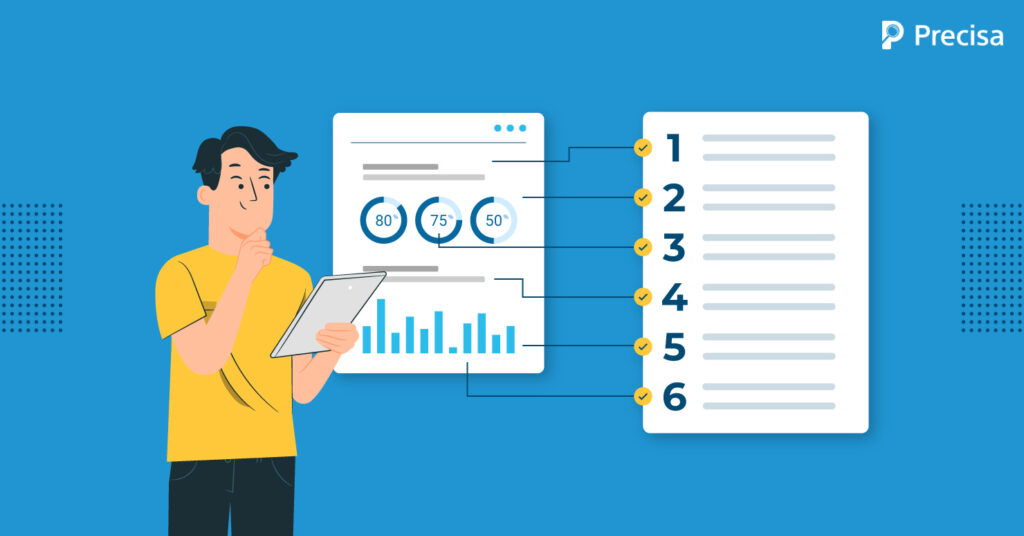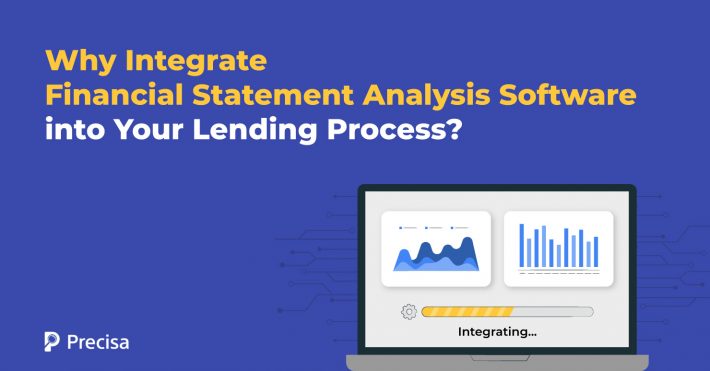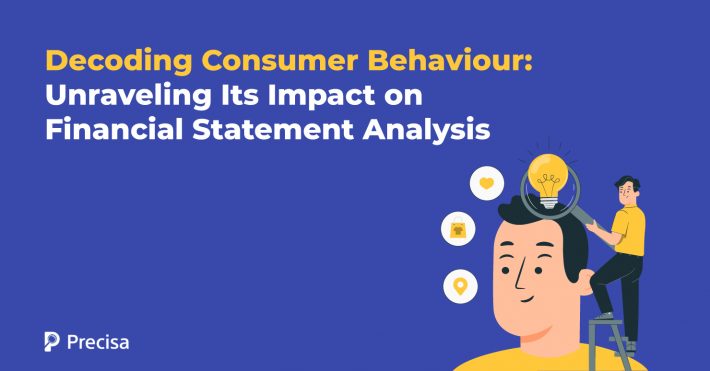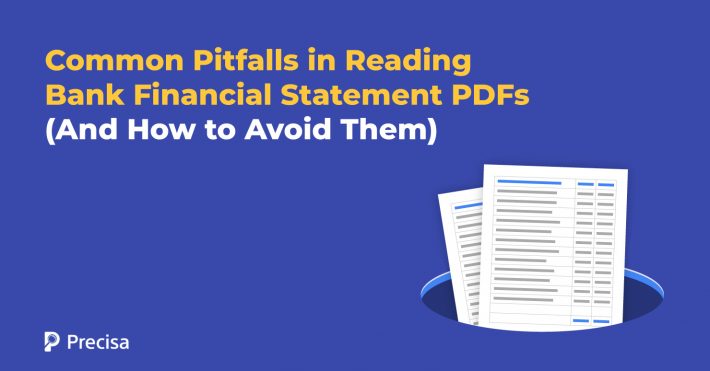Financial Analyzer Software: 6 Indispensable Features to Look for

The dynamic and evolving business landscape has compelled companies to leverage technology, such as financial analyzer software, to streamline operations and boost business deliverables.
With data analysis and software-as-a-service or SaaS taking centre stage in recent years, businesses that have embraced these innovations have gained the upper hand over their competitors.
Additionally, businesses that stay on top of their finances also have a strategic advantage thanks to informed and data-driven decision-making. With more and more data at their disposal, businesses of all shapes and forms require financial analyzer software to monitor their financial performance.
However, several hundreds of platforms are available if you search for financial analysis software online. You should be aware of the capabilities and features to look for before picking a suitable solution for your company.
This blog post sheds light on some of the must-have features of financial analyzer software so you can choose the best fit for your organisation.
What Is a Financial Analyzer Software?
A financial analyzer software is a software solution used by companies to evaluate the financial health of their company. It keeps track of financial entries and transactions, ensuring the accuracy of your accounting data.
Additionally, these tools are increasingly used to track the financial KPIs of a business, which can be later leveraged to formulate a company’s financial forecasts and strategies for the future.
Must-have Features of a Financial Analyzer Software
Now that we know what we mean by financial analyzer software, let’s look at some of the key features you should look for while choosing one for your company.
1. Swift re-forecasting
As mentioned earlier, the business landscape is evolving, and even finance is taking a more tech-oriented role. As financial teams strive for an efficient and proactive outlook to streamline internal and external processes, picking a tool with re-forecasting capabilities is crucial.
Using rolling forecasts instead of the traditional annual planning cycles enables you to adjust and readjust to the changing business conditions. Continual forecasting paves the way for accurate financial analysis, improved agility, and optimal financial results.
2. Real-time Financial Collaboration and Planning
Gone are the days when the finance department relied on tedious and mundane manual financial processes to cross-check, collaborate, and formulate financial plans. Today, financial analyzer software solutions are gradually replacing stale and disconnected spreadsheets with real-time financial collaboration and planning capabilities.
From departmental budgeting and periodic financial reporting to monthly closing, real-time collaboration and planning play an essential role in automating these tasks and offer valuable insights to make informed decisions.
3. Data Presentation Abilities
We are aware that data is the new oil. However, your data’s potential value remains untapped and underutilised if you cannot leverage and present it with apt visualisation.
Traditionally, the finance department in many companies relied on other departments for data analysis. A financial analyzer software enables you to present your insights into dynamic financial dashboards.
Dashboards are a great way to present your data across different departments in a visually cohesive to make it easier to interpret. This offers your financial department some breathing space as the intuitive system interface allows users to find answers to their questions through effective data presentations.
4. Data Analytics
On the same note, data analytics is one of the most critical features when choosing a financial analyzer software. Some of the best solutions provide flexible ways to create budgets and financial plans. Additionally, the software of your choice should offer optimal data analysis for businesses across various sectors.
For example, if the software is primarily designed to cater to the requirements of manufacturing companies, it may not be a suitable match for businesses in the hospitality sector. A suitable financial analyzer software should provide benefits to companies across all industries.
5. Integration with Existing Solutions
The financial analyzer software must seamlessly integrate with your company’s existing tech stack. Moreover, it should also be able to connect past data with the present and offer accurate forecasts for the future.
Whether you use an HRIS solution, an ERP tool, or CRM software, the best financial analysis solutions can integrate with all types of enterprise-grade platforms. This enables your internal teams to focus on critical tasks instead of investing time in data consolidation and also minimises the possibility of data transfer errors.
6. Reporting
The board of directors and stakeholders rely on accurate financial data to make informed strategic decisions. As mentioned earlier, data consolidation and other compiling relevant financial data can be time-consuming and a daunting task.
Your financial analyzer software should automate reporting and transform complex financial data into actionable insights. Finally, look for real-time reporting capabilities to eliminate the need to update your reports manually.
Parting Notes
Financial analysis seems to be a daunting prospect. That said, the arrival of a plethora of financial analyzer software solutions has transformed how businesses interact and leverage financial data to their advantage.
With thousands of solutions, picking the right software to streamline financial operations can be tricky. We recommend you select a financial analyzer software that offers all the key features mentioned in this article.
Precisa is a cloud-based analytics tool for decision-makers in lending, insurance, and finance, offering intelligent automation and real-time insights into bank transactions and GSTR data. The platform can function as a stand-alone web app or integrate with existing systems via APIs.
Schedule a demo for the team to learn more about Precisa.




